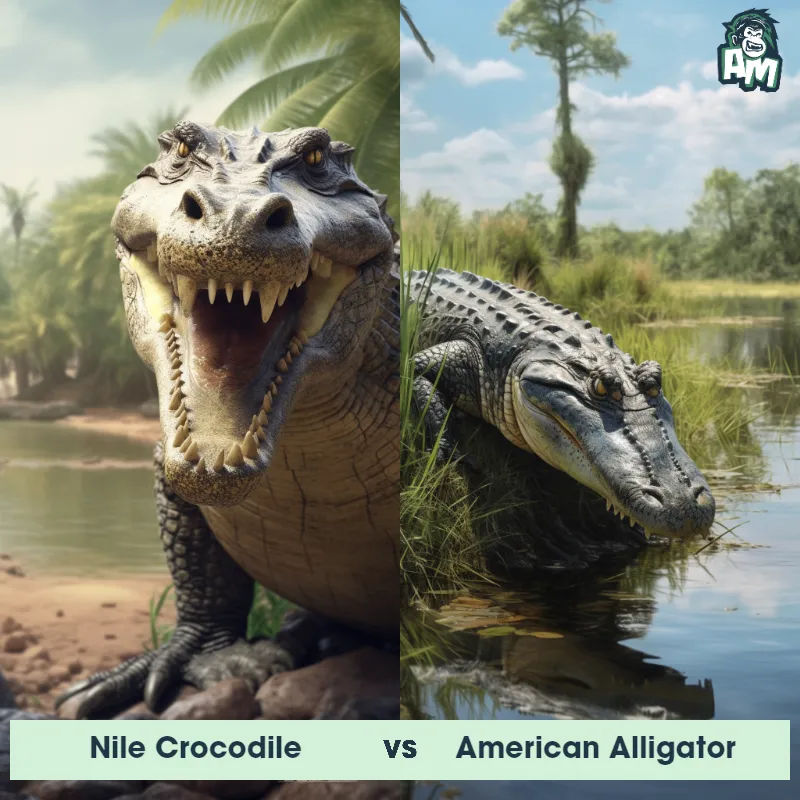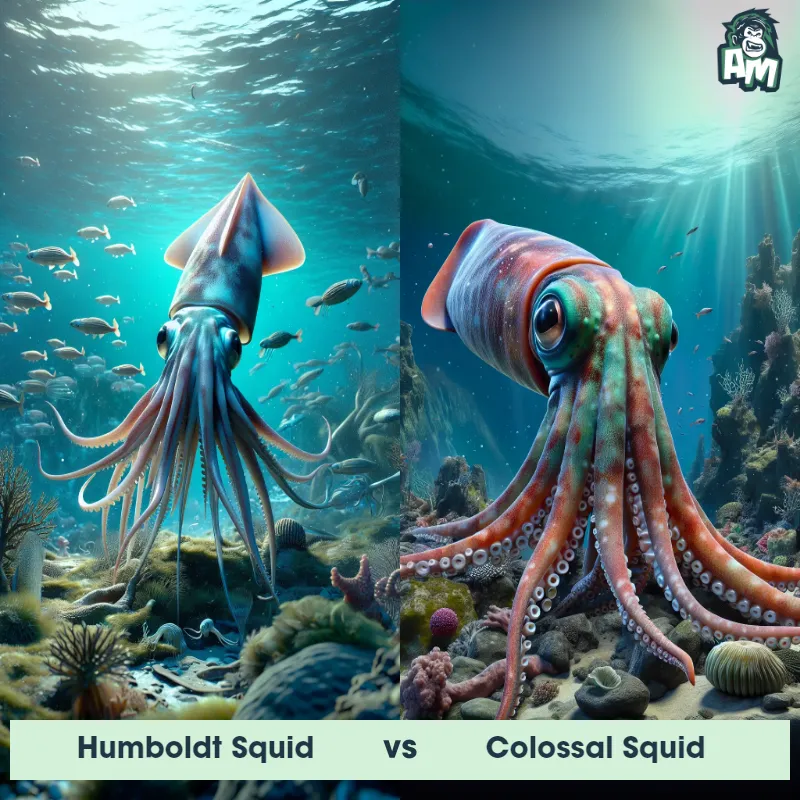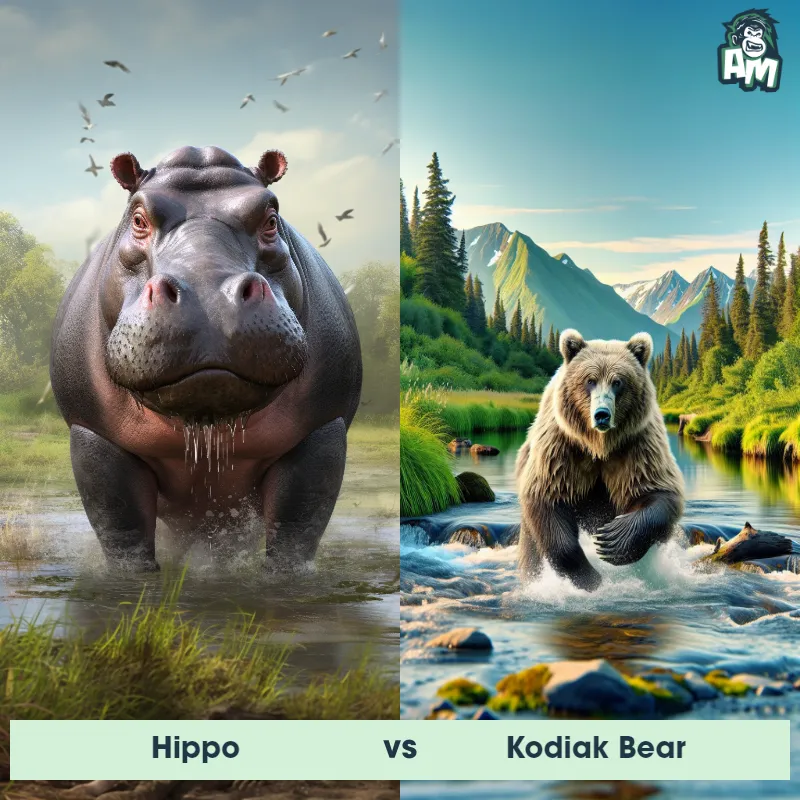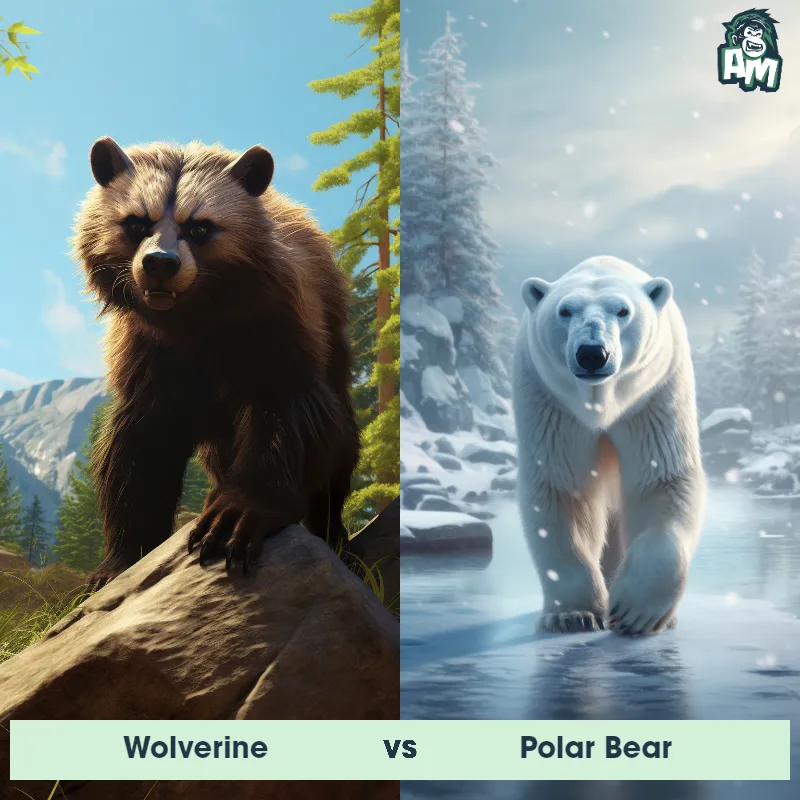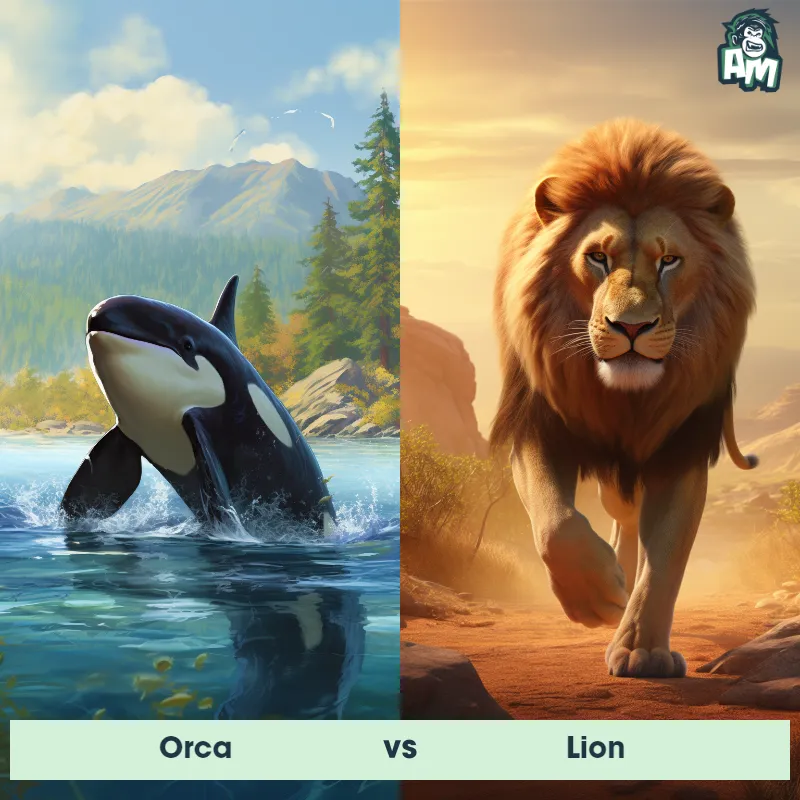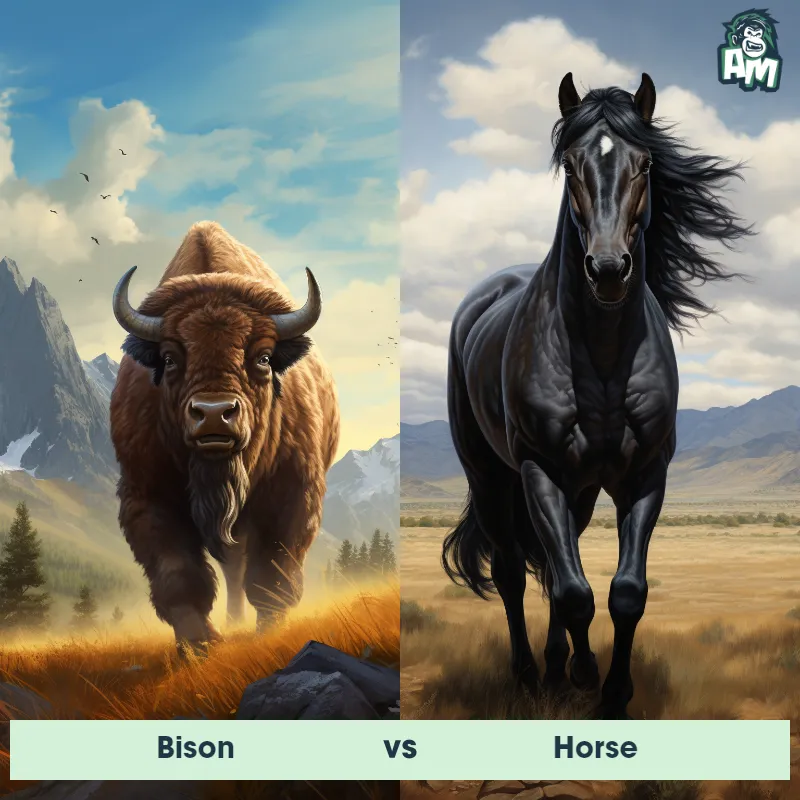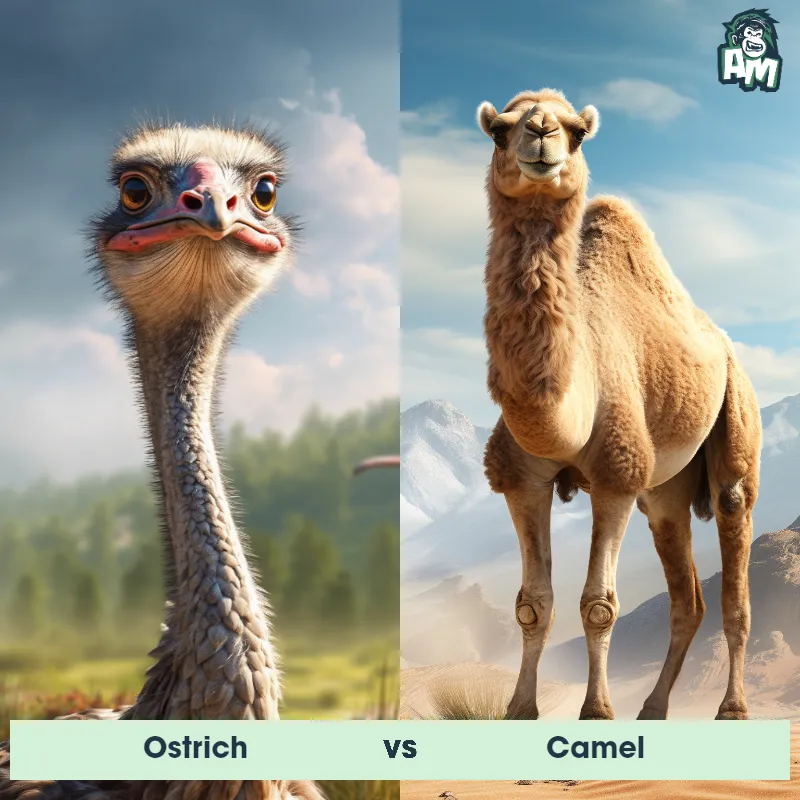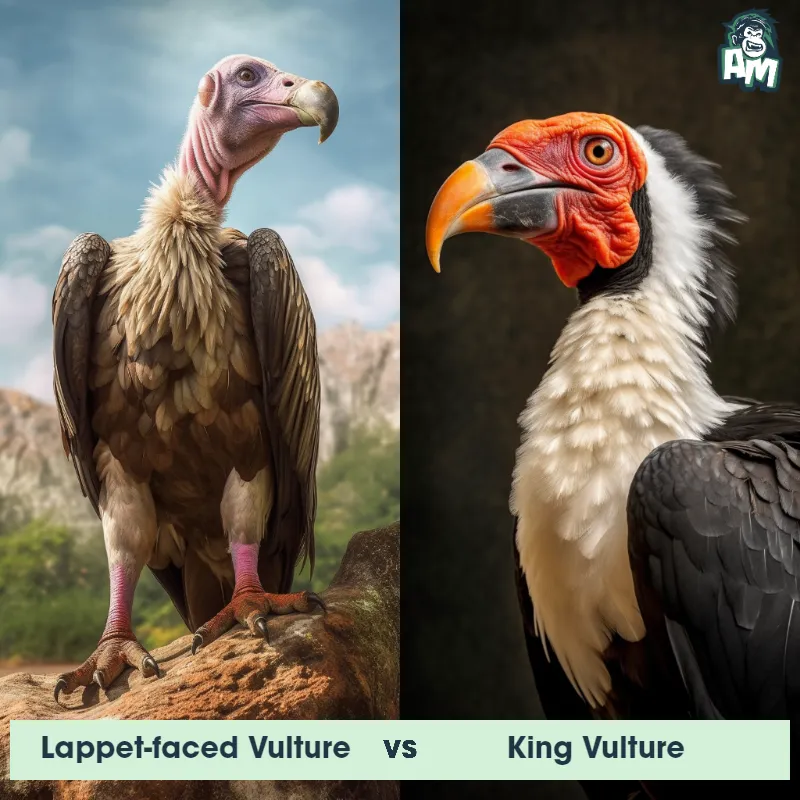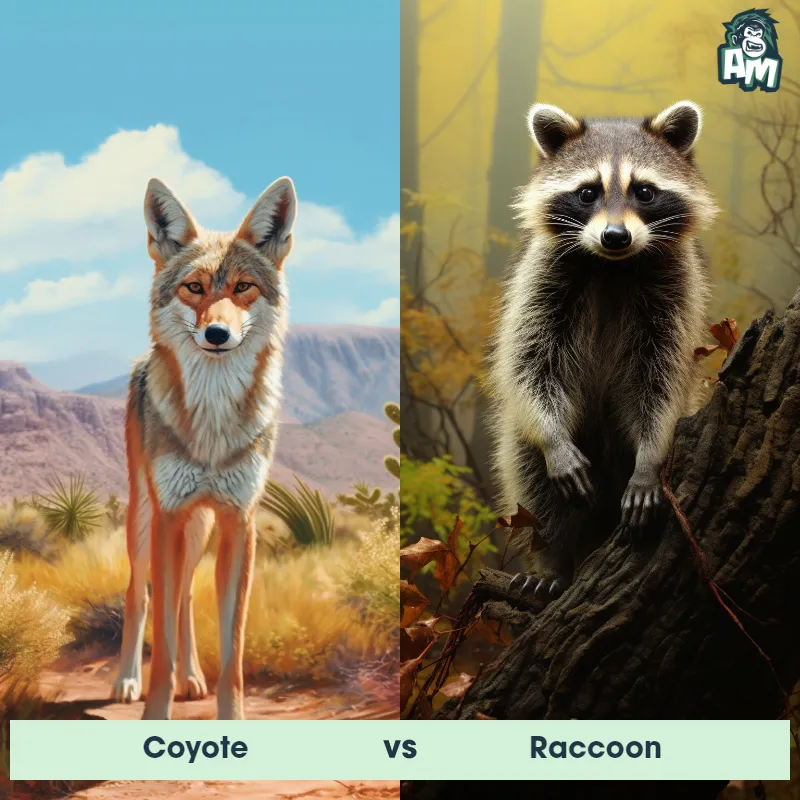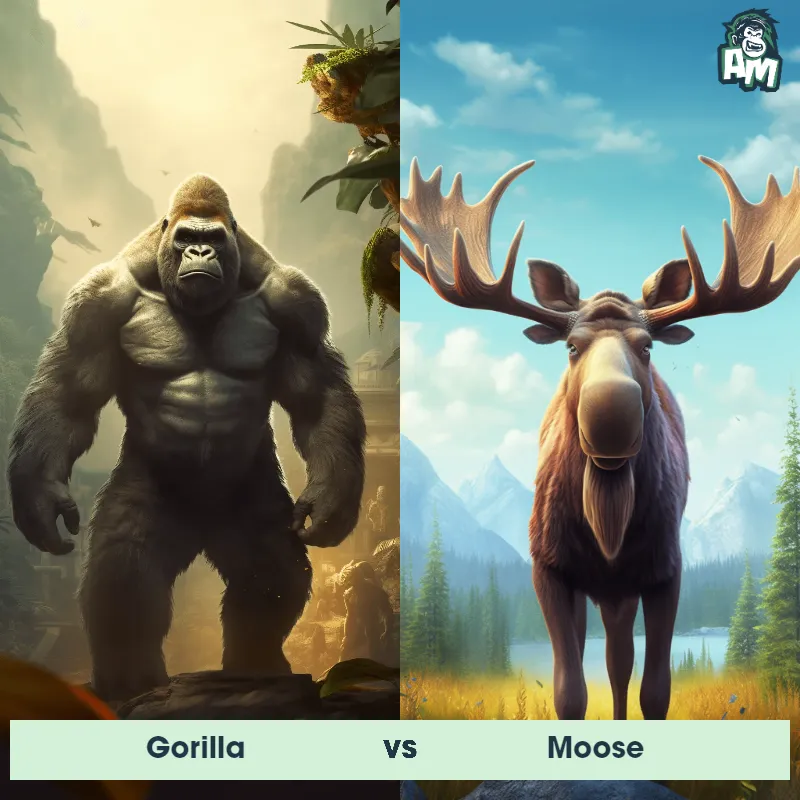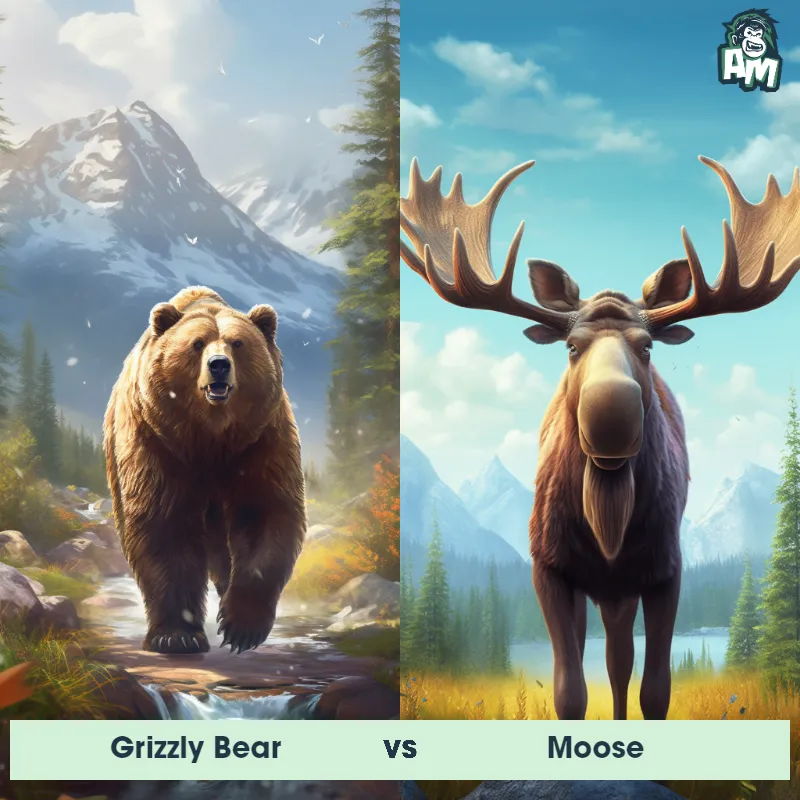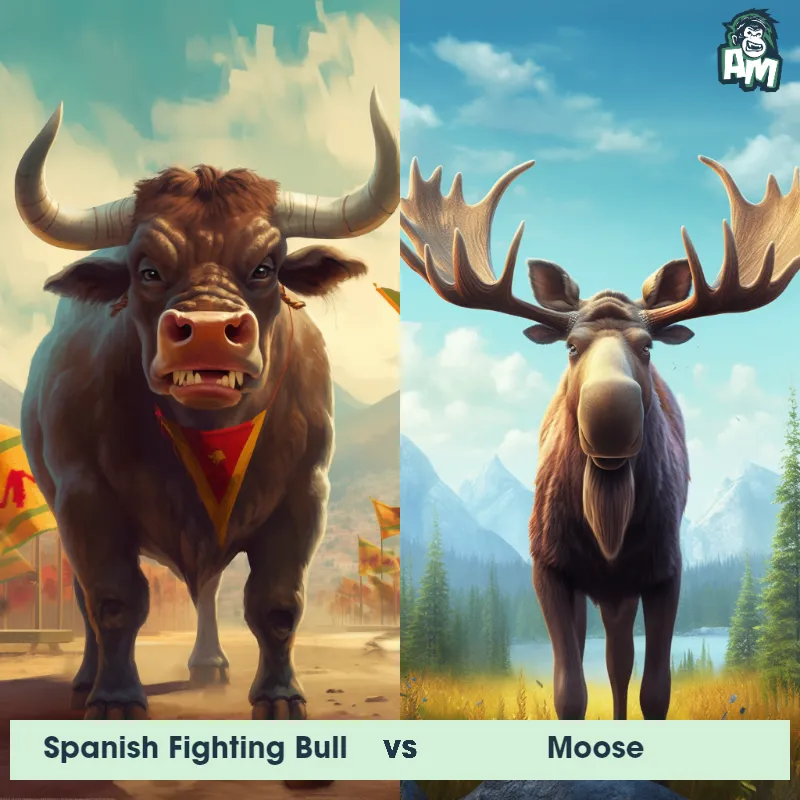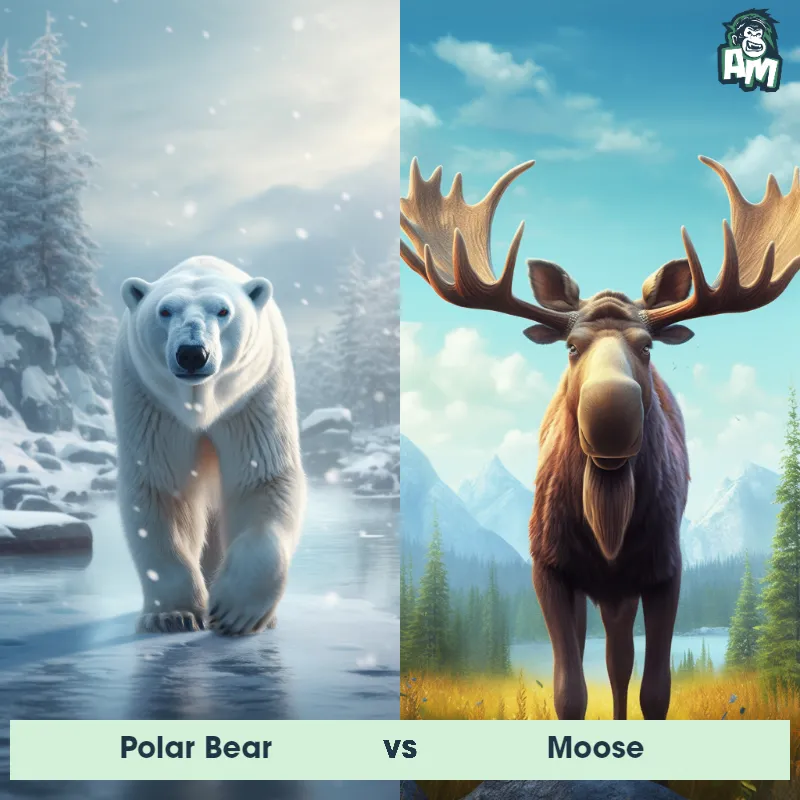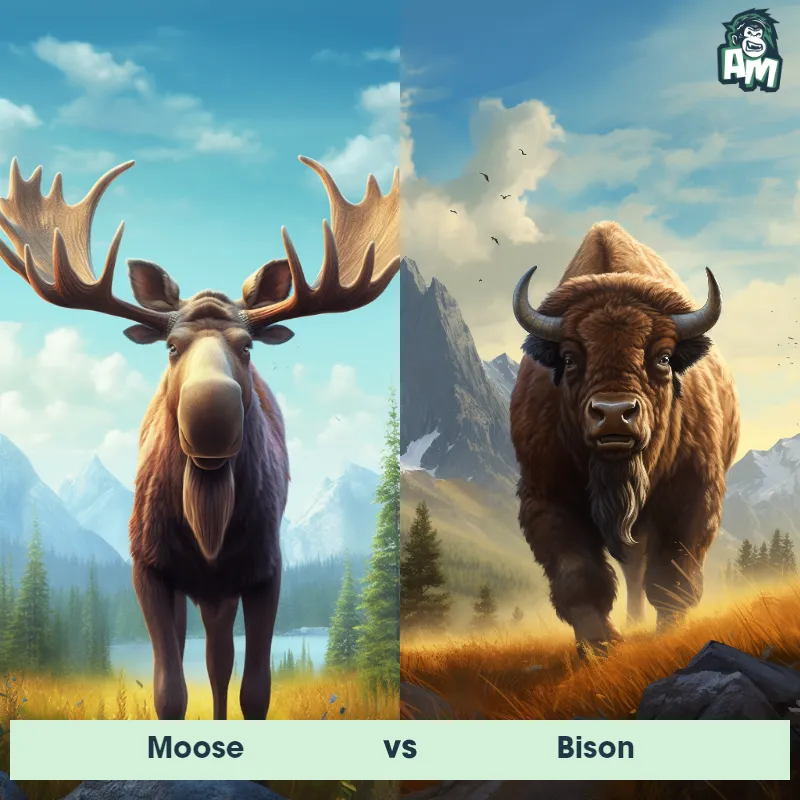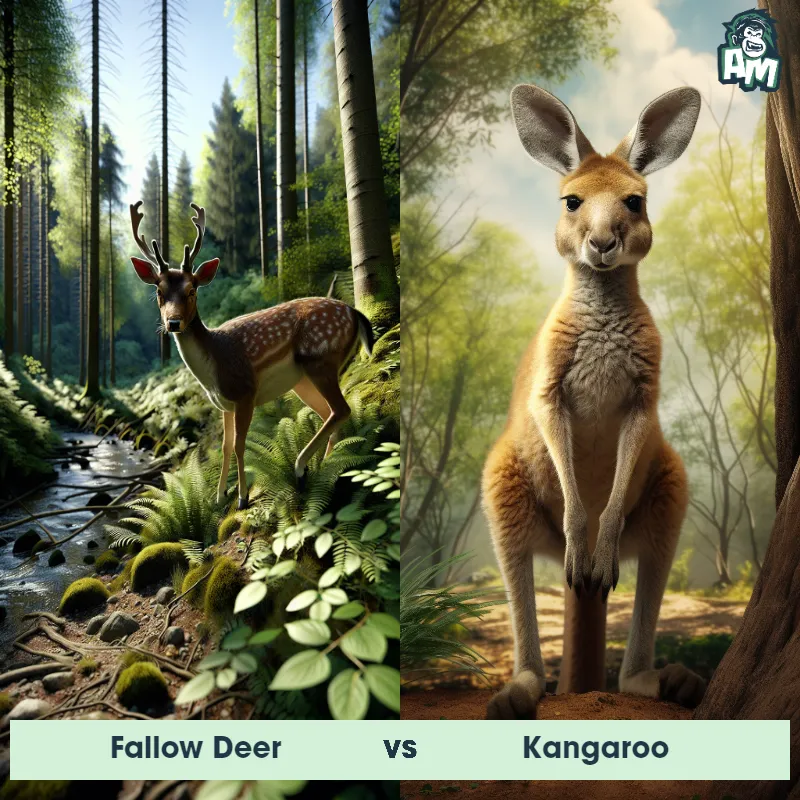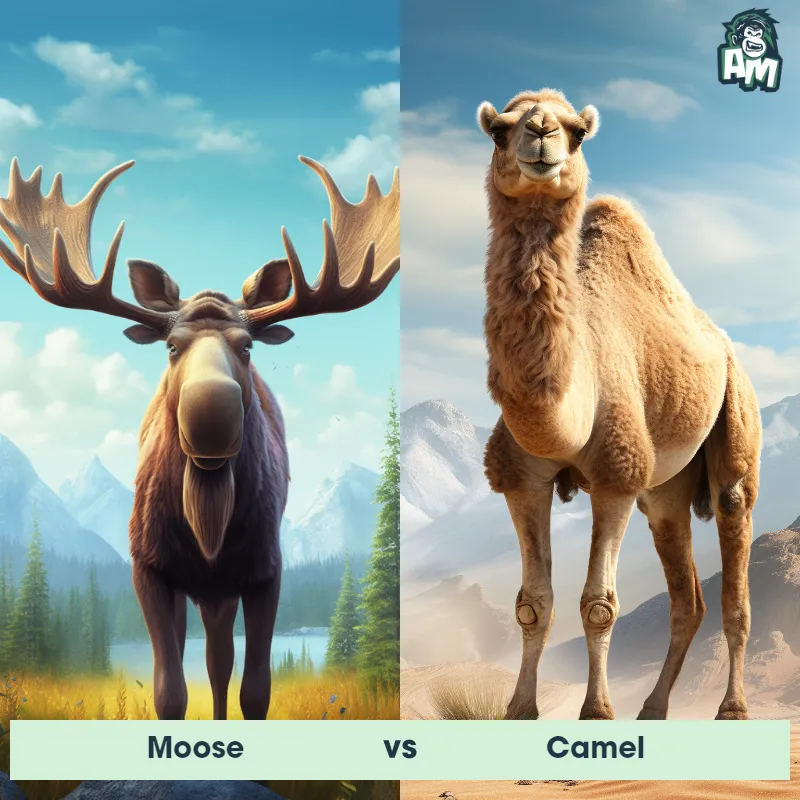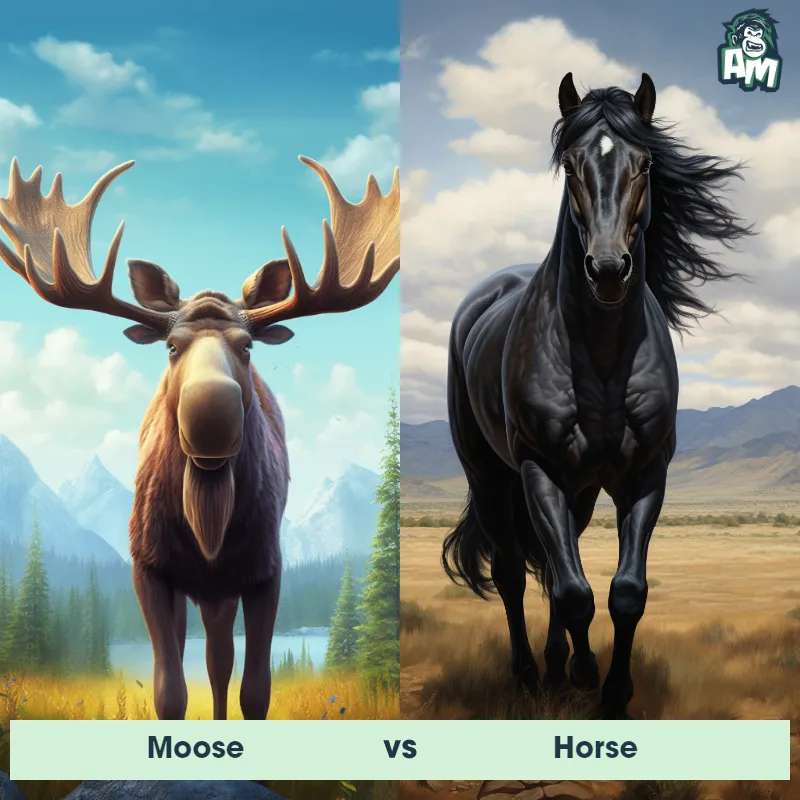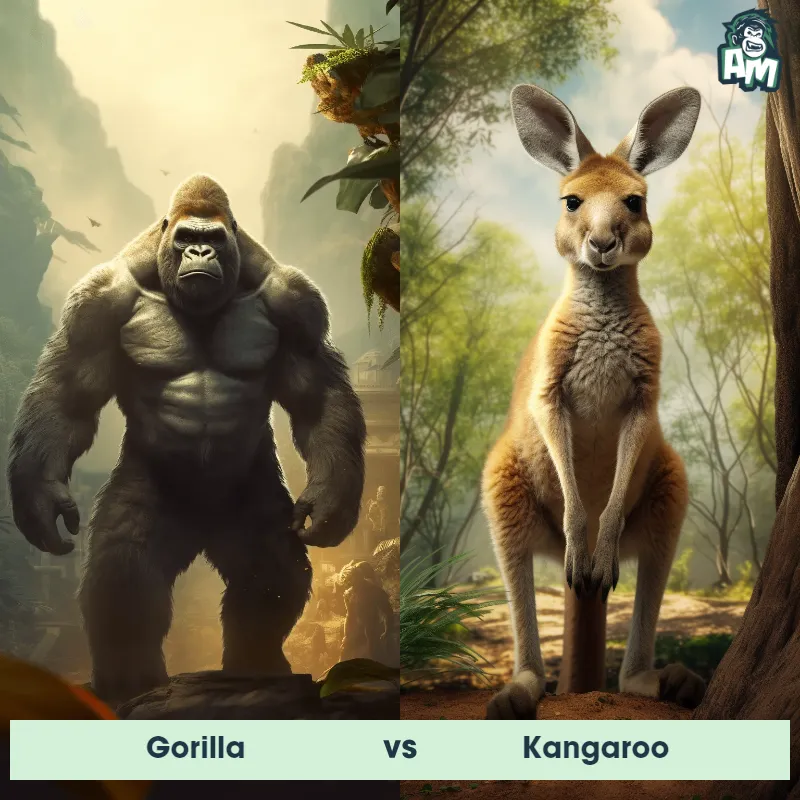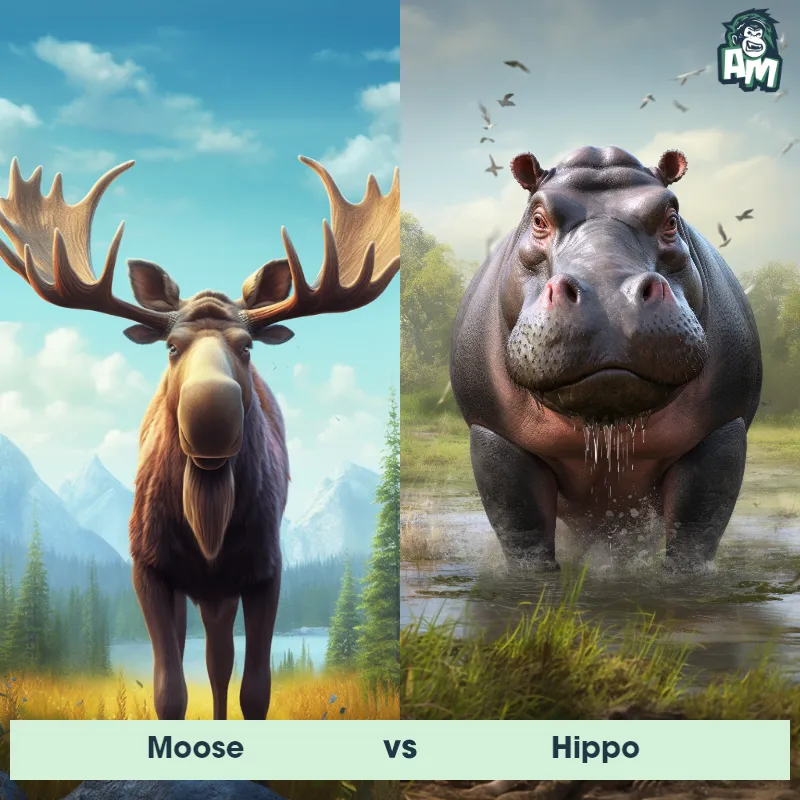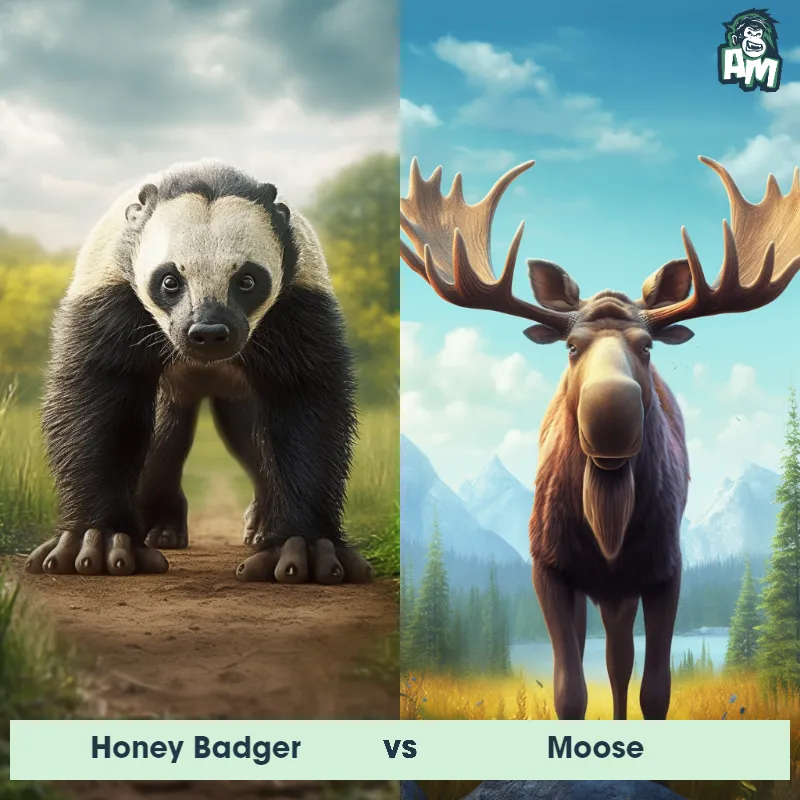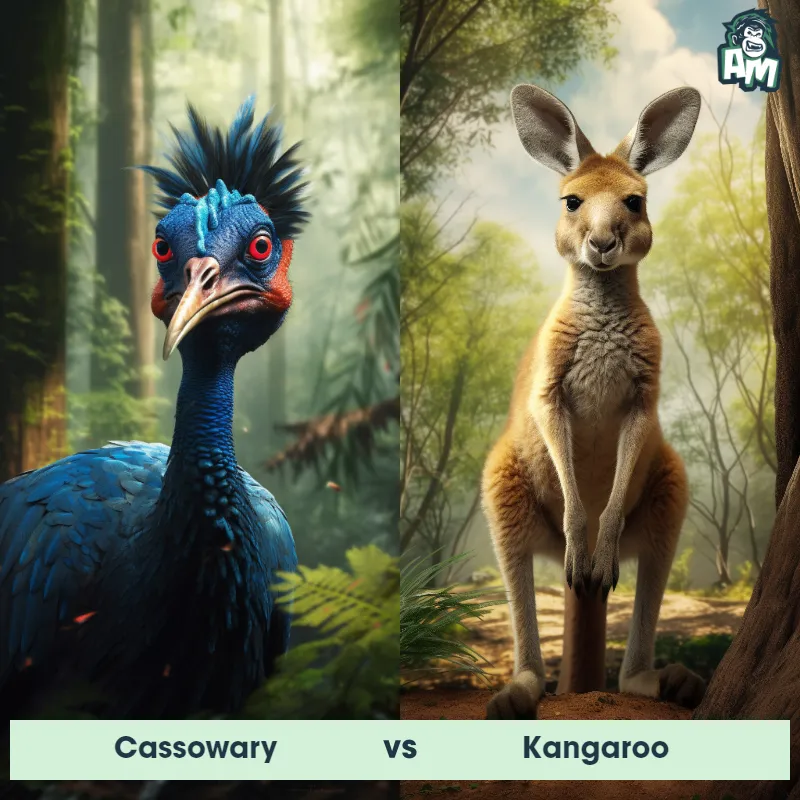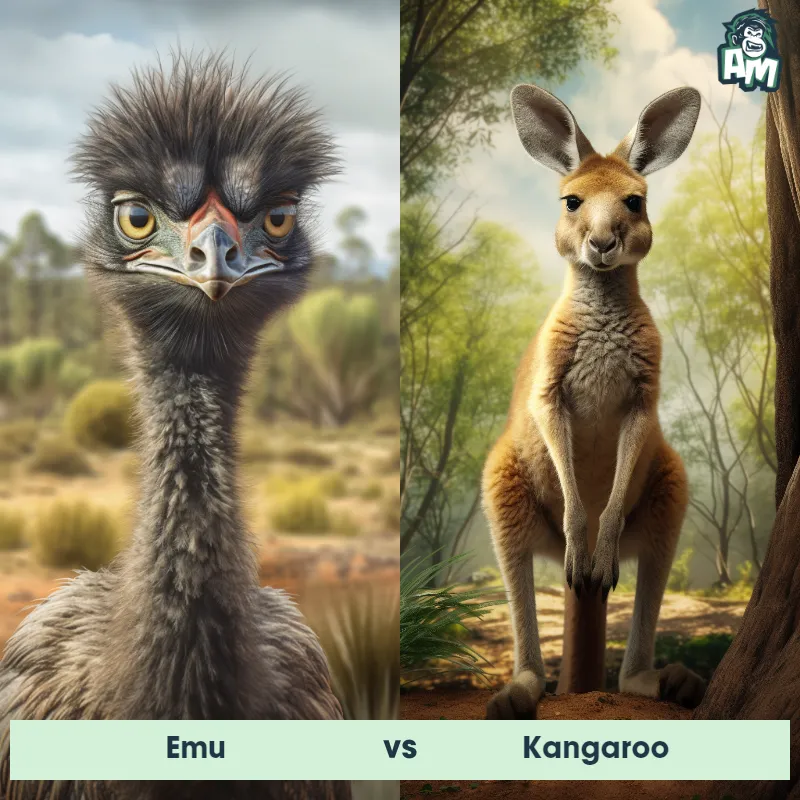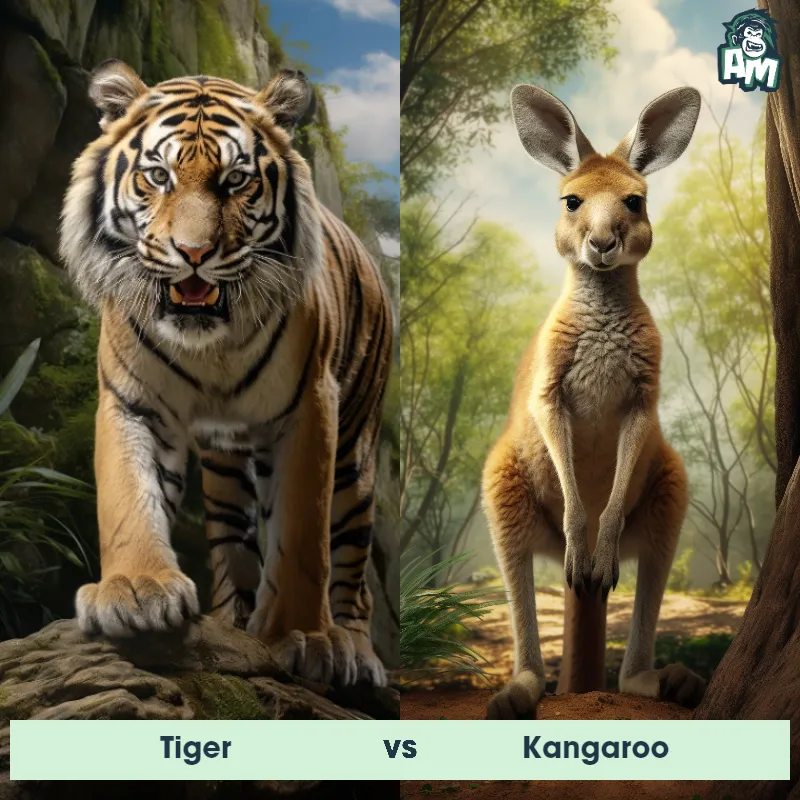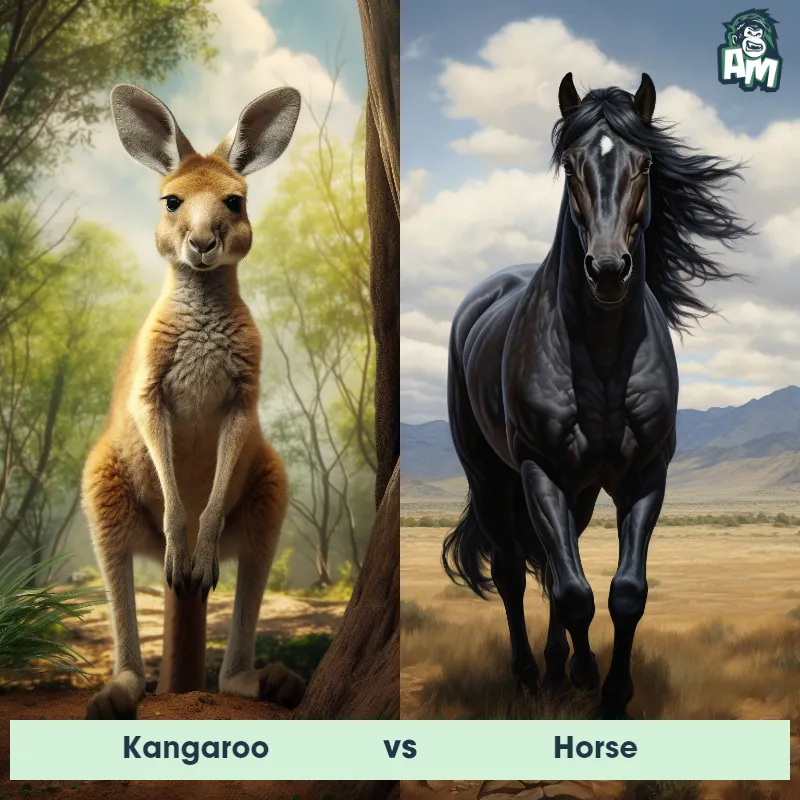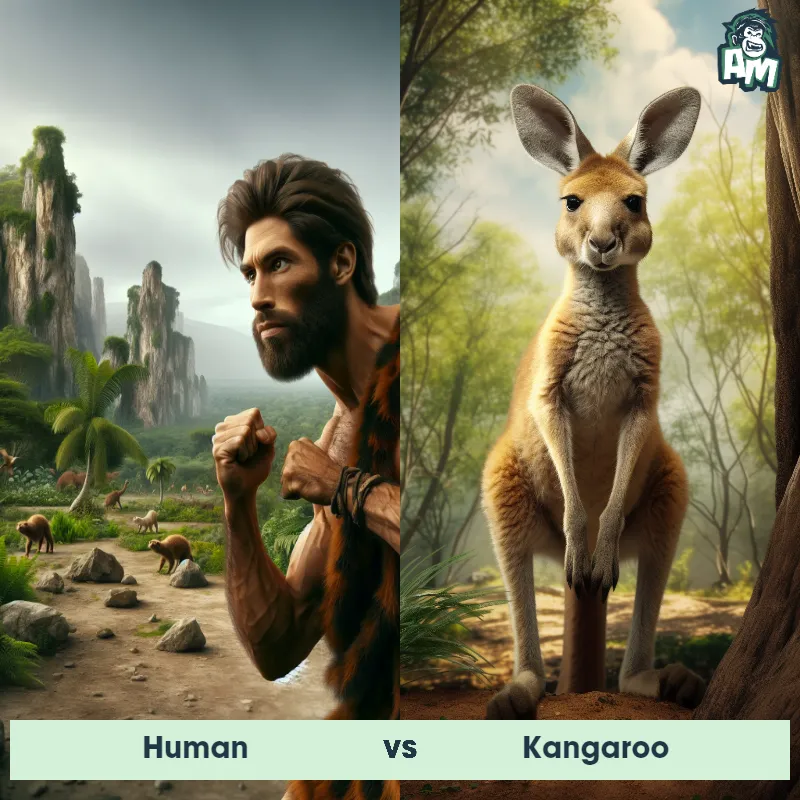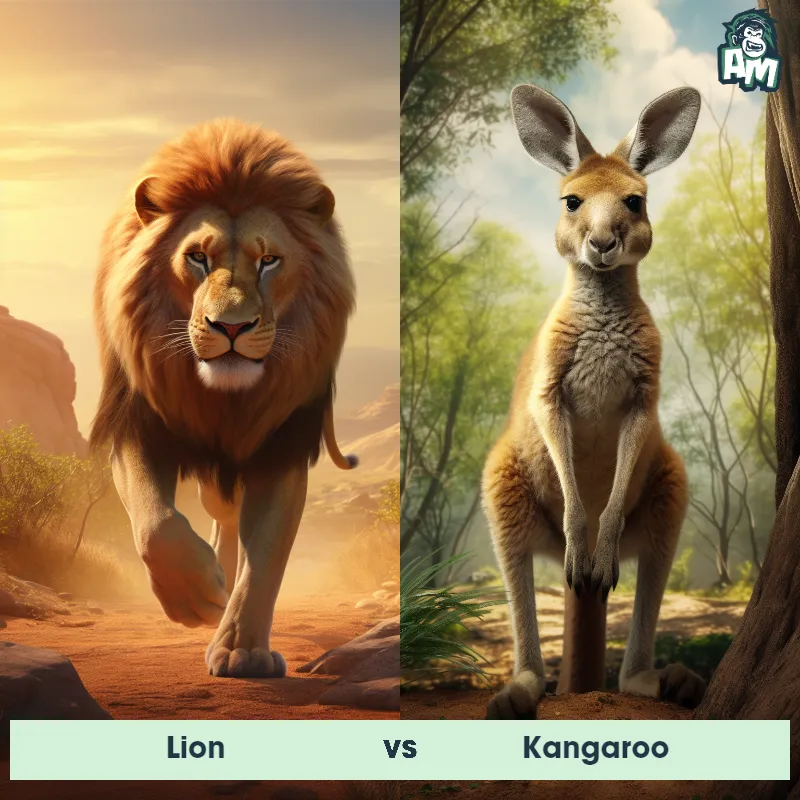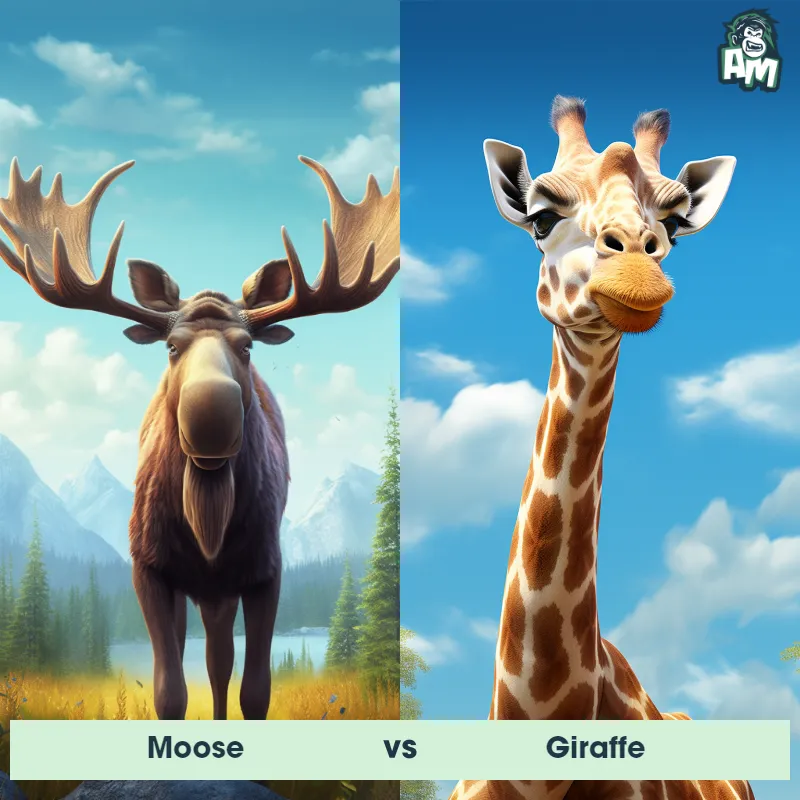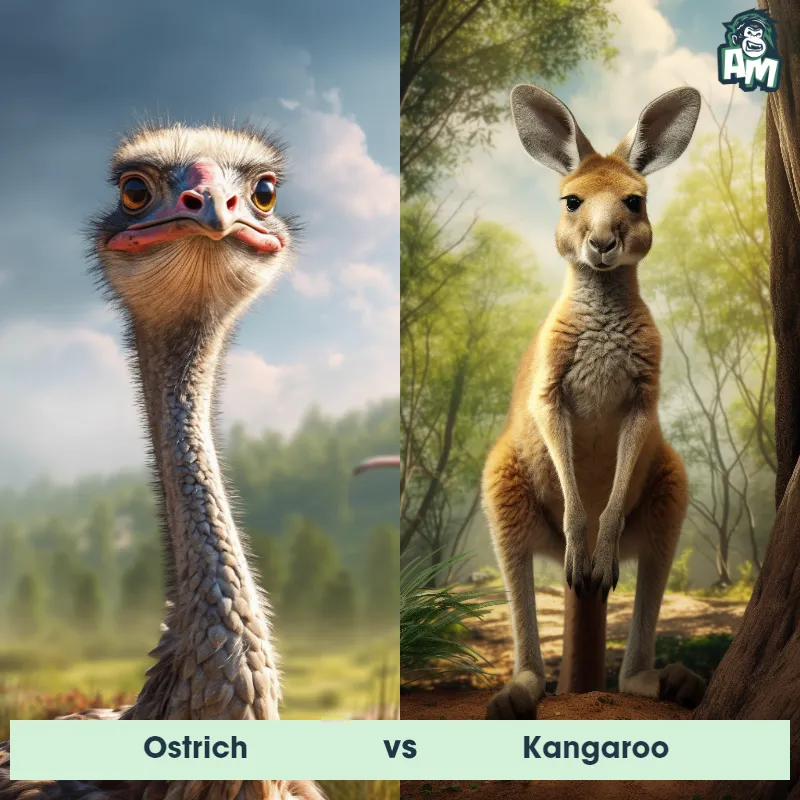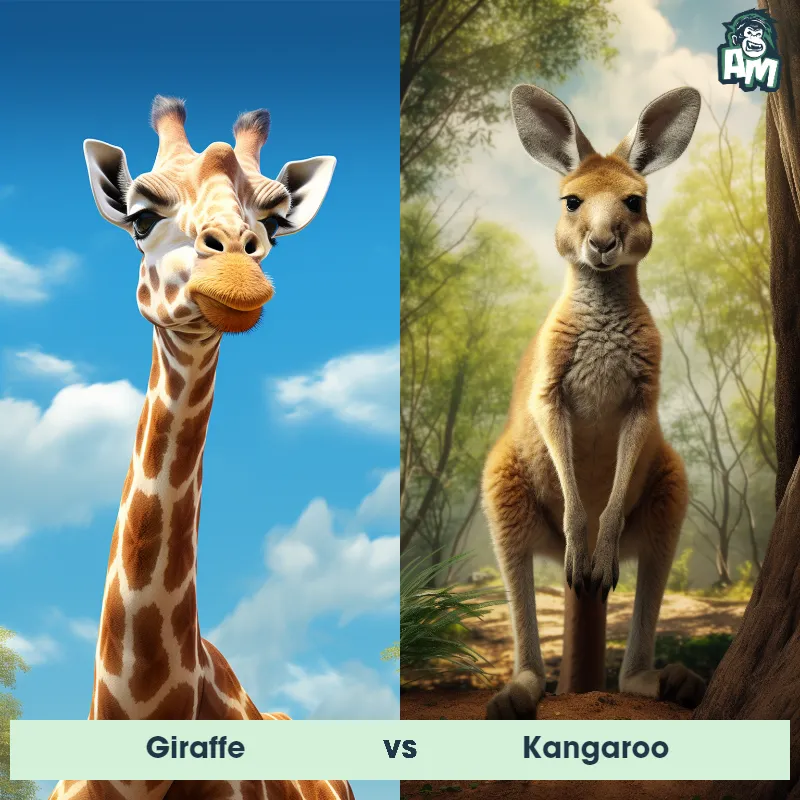Moose vs KangarooSee Who Wins

Ladies and gentlemen, welcome to this thrilling matchup between two incredible creatures of the wild. On one side, we have the mighty Moose, known for its immense size and powerful antlers. And on the other side, we have the agile Kangaroo, famed for its lightning-fast hops and powerful kicks. It's going to be a clash of strength versus agility, raw power against precise strikes. Buckle up, folks, because this is going to be a fight to remember!
Contender 1: Moose
The Moose, also known as the Alces alces, is the largest member of the deer family. They are known for their massive size, with males weighing up to 1500 pounds and standing over 6 feet tall at the shoulder. Moose have long, slender legs and a humped back, with a distinctive flap of skin called a bell hanging from their throat. They are typically brown in color, with a darker mane and legs, and their antlers can span up to 6 feet across.
Fun Fact: Moose are excellent swimmers and can swim up to 6 miles per hour, using their powerful legs and large hooves to paddle through the water.
Contender 2: Kangaroo
The kangaroo is a large marsupial native to Australia, characterized by its strong hind legs, large feet, and a muscular tail used for balance. Their unique body structure allows them to hop at high speeds and leap large distances. Kangaroos have a small head, large ears, and a pouch for carrying their young, known as joeys. The color of their coat varies from grey to brown or red, depending on the species.
Fun Fact: Kangaroos are known for their unique method of locomotion; they can't walk on all four limbs, instead, they use hopping as their primary means of getting around, which allows them to cover great distances efficiently.
Matchup Stats
| Moose | Kangaroo | |
|---|---|---|
| Size | Up to 6 feet (1.8 meters) at the shoulder | 3-8 feet tall (0.9-2.4 meters) |
| Weight | Up to 1500 pounds (680 kilograms) | 40-200 pounds (18-90 kilograms) |
| Speed | Speed: 35 mph (56.3 km/hr) | 44mph (70km/h) |
| Key Strength | Powerful antlers used for fighting and display | Powerful hind legs and strong tail for balance and kicking |
| Biggest Weakness | Poor eyesight and slow movement | Limited mobility when not hopping |
Current Votes
Moose vs Kangaroo
See Who Wins
View More Matches
Looking For More?
Similar Matches
Scientific Stats
| Moose | Kangaroo | |
|---|---|---|
| Scientific Name | Alces alces | Macropus |
| Family | Cervidae | Macropodidae |
| Habitat | Forests, wetlands, and tundra | Grasslands, forests, deserts, and suburban areas |
| Geography | North America, Europe, and Asia | Australia and New Guinea |
| Diet | Herbivorous, primarily consuming leaves, bark, and twigs | Herbivore, primarily grasses and shrubs |
| Lifespan | 15 years - 20 years | 6 years - 8 years |
Key Differences between Moose and Kangaroo
- Legs and Feet: Moose have long, powerful legs with cloven hooves adapted for walking/swimming, while kangaroos have long, muscular hind legs with enlarged hind feet, ideal for hopping at high speeds.
- Antlers vs. Tail: Moose possess antlers, which only the males have, while kangaroos have no antlers but instead have a long, muscular and powerful tail used for balance and hopping.
- Coloration: Moose have a dark brown coat with lighter patches of fur, often accompanied by a prominent, long, and droopy snout, whereas kangaroos display a variety of colors, including shades of brown, gray, and reddish-brown.
- Size: The Moose is significantly larger than the Kangaroo, with adult moose commonly reaching heights of up to 6.5 feet at the shoulder, while kangaroos range from 3 to 7 feet tall.
- Habitat: Moose are predominantly found in forested regions of the Northern Hemisphere, often in areas with rich vegetation near lakes or rivers, whereas kangaroos inhabit a variety of habitats in Australia, from grasslands and savannas to deserts.
- Body Shape: The Moose has a bulky and robust body frame with a humped back, while kangaroos have a slender body structure, designed for efficient hopping.




